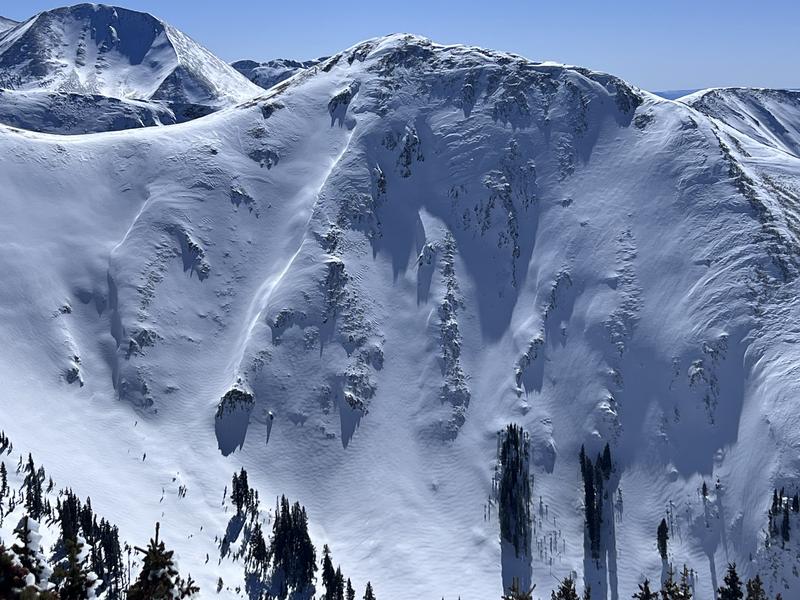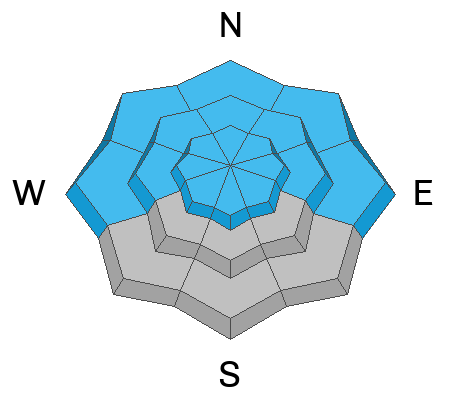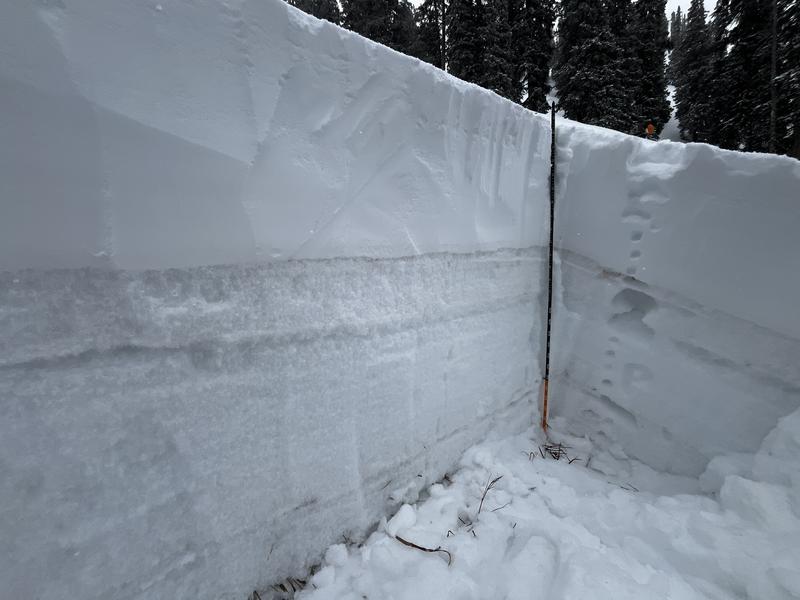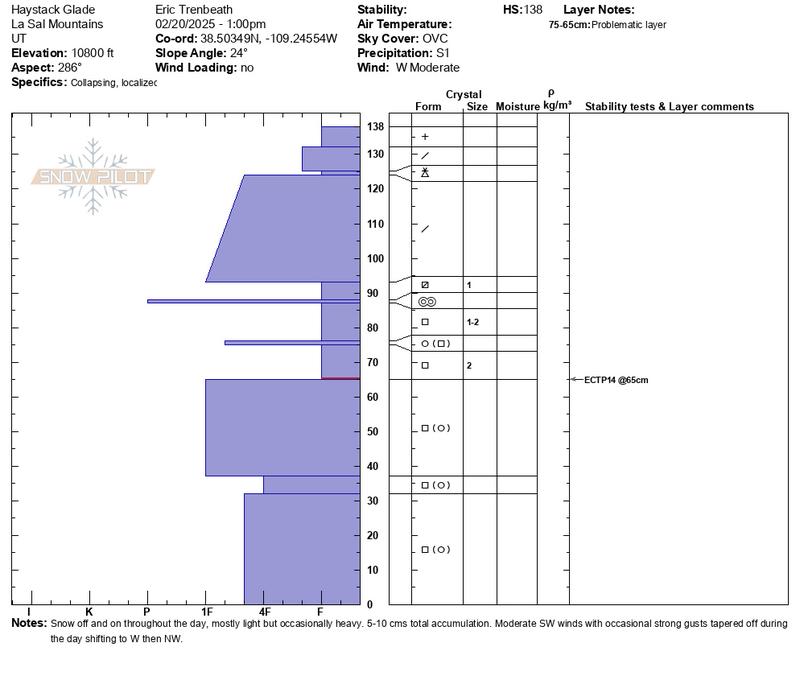Forecast for the Moab Area Mountains

Issued by Eric Trenbeath on
Sunday morning, February 23, 2025
Sunday morning, February 23, 2025
Although we are trending towards an overall moderate danger rating, CONSIDERABLE avalanche danger can still be found on steep, northerly aspects near treeline. In these areas, human triggered avalanches 2 feet deep or more, failing on a persistent weak layer of faceted snow, are likely.
The danger is MODERATE on most all other slopes facing W-N-E-SE. Moderate does not mean good to go, and human triggered avalanches failing on this weak layer are possible, to highly possible, especially on steep northerly aspects. In these areas, you are trusting a slab over a weak layer and hoping you don't find the "sweet" spot.
Most south and southwest facing terrain has LOW danger. Small avalanches on isolated terrain features are possible. This includes loose wet slides as the day heats up. Avoid steep slopes if they become wet and sloppy.
Most south and southwest facing terrain has LOW danger. Small avalanches on isolated terrain features are possible. This includes loose wet slides as the day heats up. Avoid steep slopes if they become wet and sloppy.
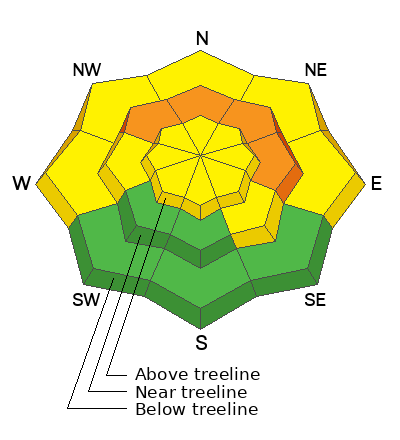
Low
Moderate
Considerable
High
Extreme
Learn how to read the forecast here


